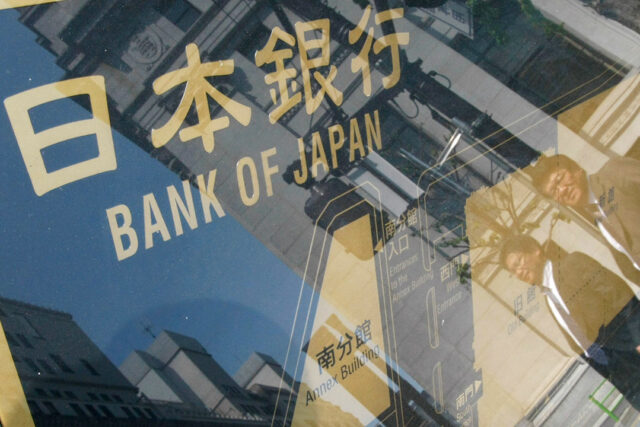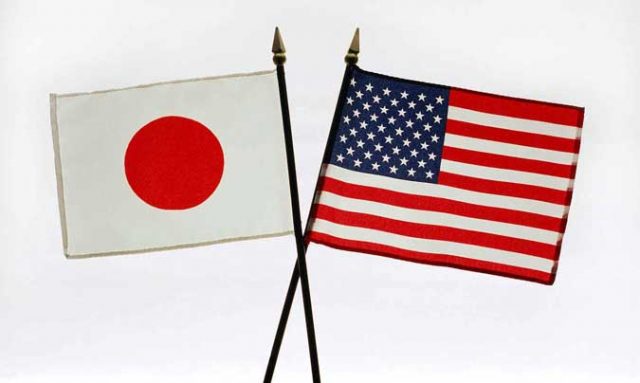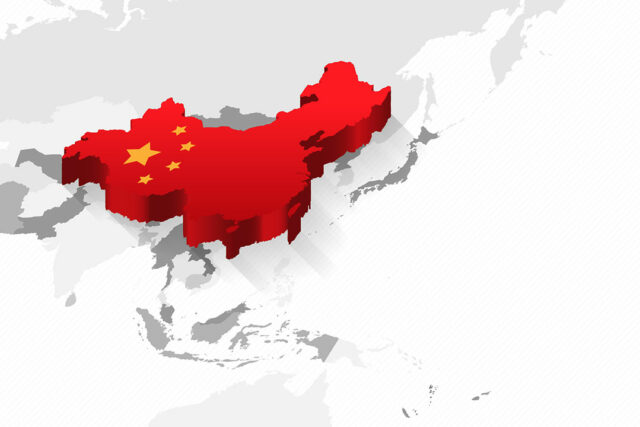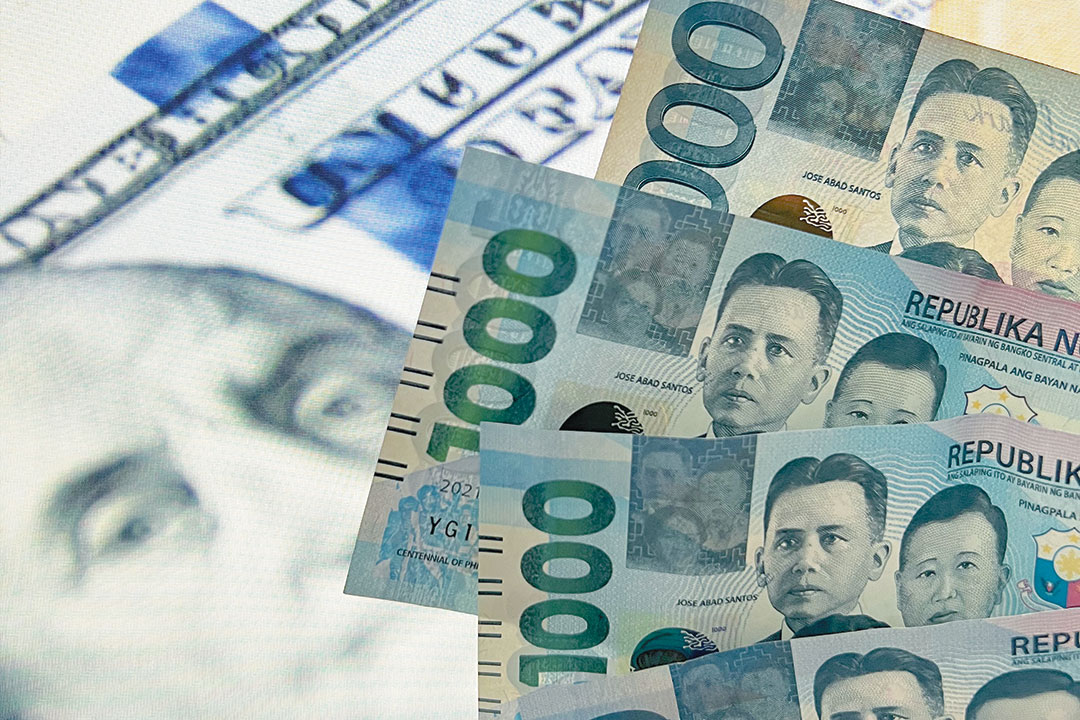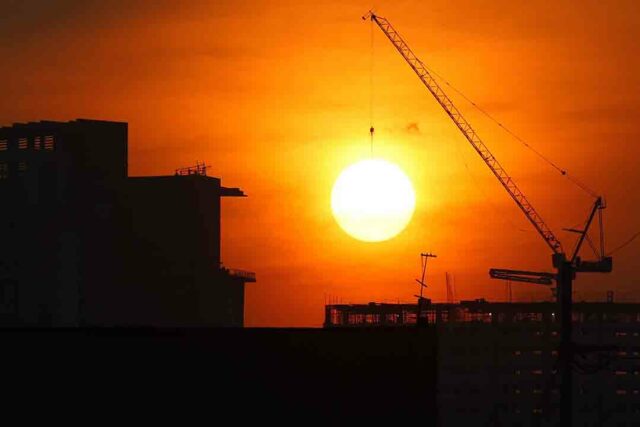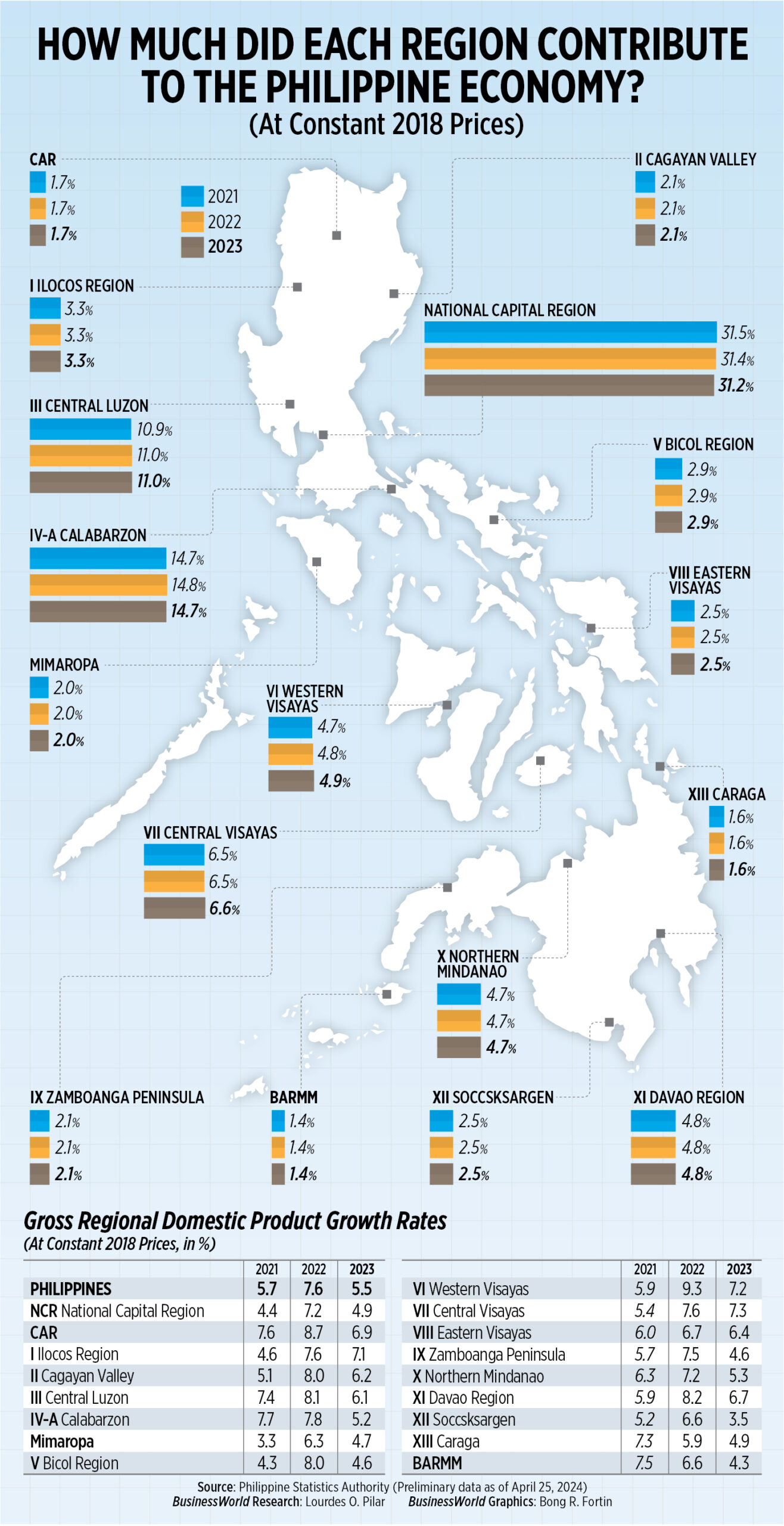Bank of Japan keeps rates steady, tweaks JGB-buying language
The Bank of Japan kept its short-term rates steady on Friday while removing a reference to the amount of government bonds it has roughly committed to buying each month.
As widely expected, the BOJ maintained its short-term interest rate target at a range of 0-0.1%, which was set just a month ago when it made a historical exit from its massive stimulus program.
MARKET REACTION:
Japan’s Nikkei share average .N225 extended gains after the BOJ opted to leave interest rates unchanged. The benchmark index rose more than 1% to as high as 38,097.5.
The Japanese yen JPY=EBS fell sharply to 156.14 to a dollar.
The benchmark 10-year JGB futures fell 0.19 yen to 143.96, but were off the day’s lows.
COMMENTS:
FREDERIC NEUMANN, CHIEF ASIA ECONOMIST, HSBC, HONG KONG
“The BOJ pruned its statement today, but not necessarily bond purchases. While the official statement dropped a reference to monthly bond purchases, officials left the door open to continue with the current pace of intervention in the JGB market. BOJ officials likely tried to drop a subtle hint that its balance sheet operations are subject to review, which reinforces its hawkish bias.
“At the same time, officials shied away from announcing bolder measures, likely because they would like to retain flexibility in their purchase operations. The recent spike in US yields makes it tricky for the BOJ to step away from its own JGB purchases, for any hint of a scale-back could lead to Japanese yields becoming a lot more volatile. With the Fed keepings its foot firmly on the break, the BOJ will need to retain the option of scaling up JGB purchases as needed to smoothen any impact of tighter US financial conditions on Japanese rates markets and the currency.”
CHARU CHANANA, HEAD OF CURRENCY STRATEGY AT SAXO, SINGAPORE
“And yet again, BOJ has proved that it can surprise dovish to even the most-dovish expectation on the Street. Markets will likely be reaffirmed in their belief of the carry, and continue to test the limit of yen weakness.
“USD-JPY could see an accelerated move towards 158-160, with Kanda’s comments of a 10-yen move in a month as a threshold for intervention giving room for further upside. US PCE on the radar, and we are back to waiting for an intervention to stop the rout in the yen. But any intervention, if not coordinated and without the support of a hawkish policy messaging, will still be futile.
“Japanese stocks could bring 40k back on target as US tech earnings have been broadly supportive and yen weakness has further room to run.
“There has been a change in the language around bond purchases – the amount 6 trillion yen per month is not mentioned. Details will be sought in Governor Ueda’s press conference, and that will be the last hope of any ‘less dovish’ shifts today.”
NORIHIRO YAMAGUCHI, SENIOR JAPAN ECONOMIST, OXFORD ECONOMICS, TOKYO
“The statement was surprisingly short, but no surprises that the BOJ maintained its policy rate, given the bank’s communication in March.
“JGB market had quickly priced in the reduction in JGB purchases ahead of the BOJ announcement based on media reports. The decision to keep the purchase pace unchanged could calm the market, but the outlook for QT will remain one of the key themes in the JGB market this year.
“Aside from short-term fluctuations, yields are likely to rise as the market prices in higher policy rates over the coming years.”
ATSUSHI TAKEDA, CHIEF ECONOMIST, ITOCHU ECONOMIC RESEARCH INSTITUTE, TOKYO
“No policy change was just as expected, but no change to (board members’) future core-core CPI forecasts was somehow surprising. And this essentially led to no change in policy. Inflationary pressures in Japan, especially in service prices, have hardly risen relative to January.
“The market’s focus now is on what Ueda talks about future rate-hike timings and scaling back JGB purchases.”
NAOMI FINK, GLOBAL STRATEGIST, NIKKO ASSET MANAGEMENT, TOKYO
“Governor Ueda’s statement is still upcoming this afternoon and markets remain on high alert for any indication of whether the yen’s current weakness will be interpreted as a lasting inflationary signal and invite more hawkish rhetoric from the central bank. Meanwhile, BOJ also dropped the wording on buying the same amount of bonds as before; this is significant in that it also leaves the door open to some degree of removal of stimulus by curtailing purchases even as currently held bonds mature.”
RODRIGO CATRIL, SENIOR FX STRATEGIST, NATIONAL AUSTRALIA BANK, SYDNEY
“The currency takeaway is certainly disappointment from the lack of guidance from the bank.
“To me, the currency market is telling us it believes that the BOJ policy is too loose and hence why the currency is so weak. The Bank has the ability to do something about that by changing its policy, and if it’s not going to change the policy, then we shouldn’t expect the yen to strengthen.
“(Currency) intervention in a scenario where we’re seeing upward pressure on U.S. Treasury yields is going to be a futile exercise.”
IZURU KATO, CHIEF ECONOMIST, TOTAN RESEARCH
“The BOJ made a right decision which is in line with its previous explanation that it would keep accommoditive conditions for the time being. If it raised rates today just because the yen was falling, that would prompt markets to sell the yen even more to test the BOJ’s will to support the yen.
“If the pace of import costs accelerates, that could lead the BOJ to raise interest rates as early as July, and depending on the Fed’s move to delay rate cuts later this year, the BOJ may raise rates again by the year-end.
“The yen has fallen further following the BOJ’s move but monetary policy cannot target currencies, and it is even more difficult for authorities to intervene in the currency market effectively, no matter how they try to calibrate the timing to intervene.”
MANSOOR MOHI-UDDIN, CHIEF ECONOMIST, THE BANK OF SINGAPORE, SINGAPORE
“The BOJ stayed dovish at its meeting by making no changes to interest rates or its QE-purchases of bonds. The decision supports Japan’s equities and bonds, but provides little help for the yen.”
NICHOLAS CHIA, ASIA MACRO STRATEGIST, STANDARD CHARTERED BANK, SINGAPORE
“Despite the knee-jerk dip in USD-JPY, the direction of travel for the pair is still north. Intervention risks become salient once the pair closes in on the 157-level, which may be a reason deterring more market participants from chasing USD-JPY higher.
“If the authorities do not step in at 157, then the sky is really the limit for the pair by signaling the all-clear for markets. All in, it is still a dovish meeting with repeated references to easy financial conditions despite the guidance to reduce bond purchases.”
JUN RONG YEAP, MARKET STRATEGIST, IG, SINGAPORE
“The BoJ’s decision to keep rates on hold is a follow-through of the central bank’s stance for a more gradual pace of policy normalization, with them reiterating once again for accommodative conditions to remain for the time being. The decision should bring little surprise, given that markets are only looking for the BoJ to adjust its rates further in the second half of this year.
“Despite recent intervention warnings on the yen from Japanese authorities, the continued dovish outcome from the BoJ seems to reflect some tolerance on the currency, which provides the go-ahead for the yen to weaken further. On the other hand, Japanese stocks responded well to the meeting outcome, which very much allow equities to continue basking in a still broadly accommodative policy environment.” – Reuters

